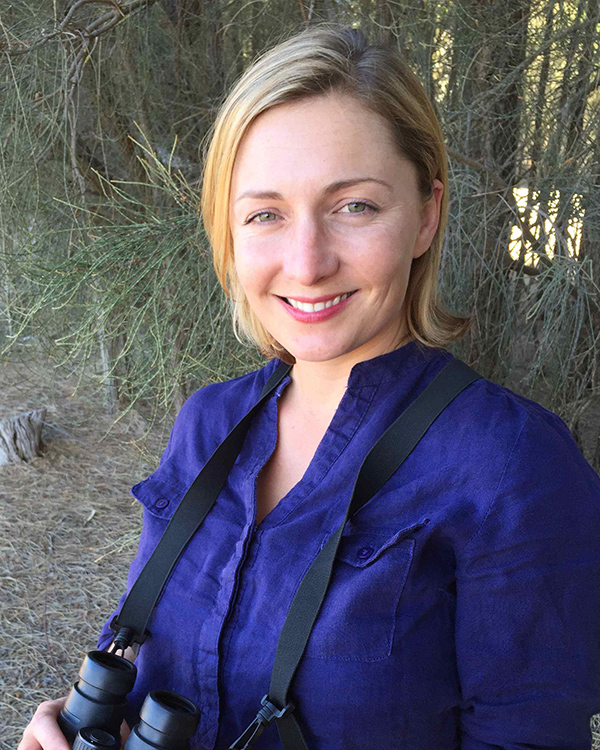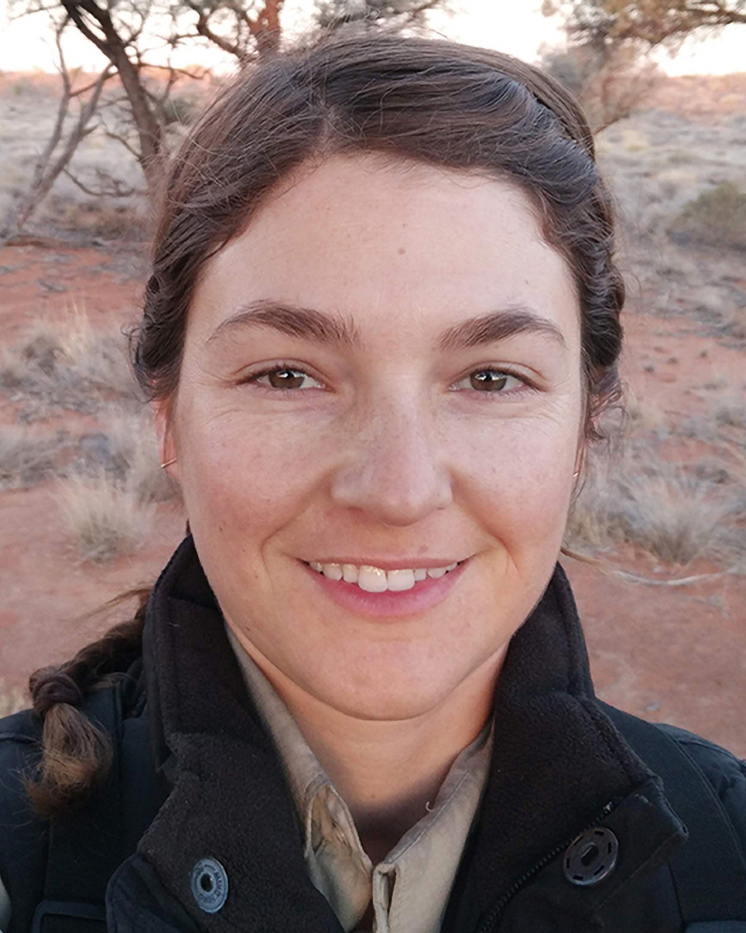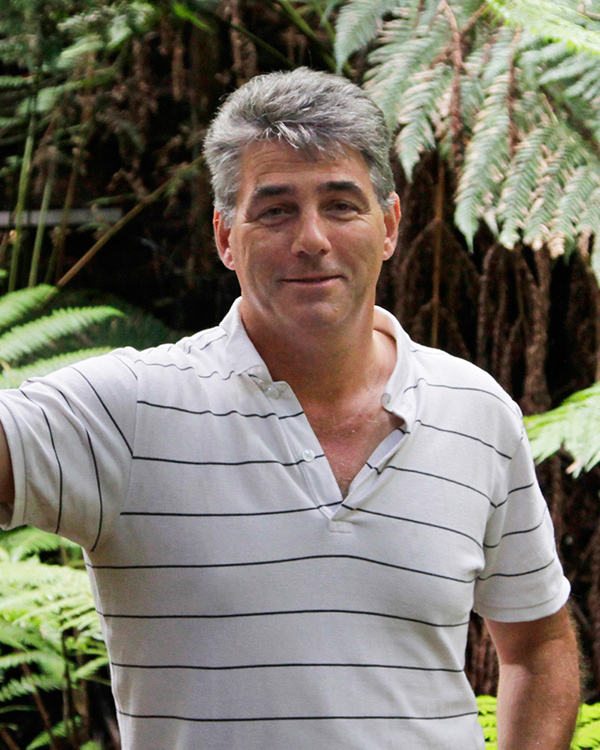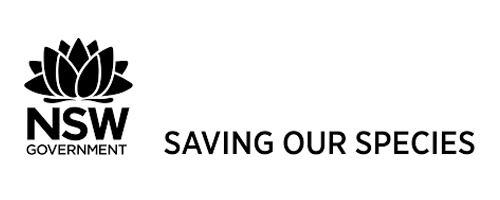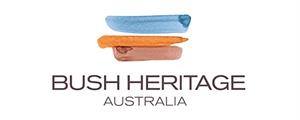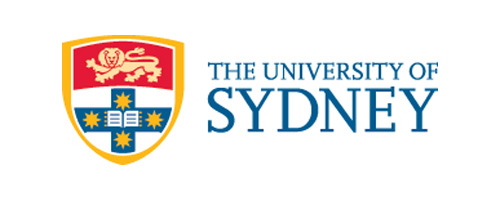
Project: 3.2.6
Evidence-based management protocols for recovery of multiple threatened woodland birds
Project Leaders: Martine Maron , Jonathan Rhodes , James Watson , Jessica Walsh
Research in Brief
Eastern Australia’s temperate woodlands have been significantly cleared, with 80% of their former extent already gone, and the classically Australian woodland bird community that is inseparably bound with them disintegrating.
This project will identify the most cost-effective actions for restoring the woodland bird community by harnessing and synthesising existing research activities and collecting data across a large swathe of the temperate woodland zone. We will identify both costs and effectiveness of management actions that benefit not just individual threatened bird species, but the entire woodland bird community. .jpg)
 Regent honeyeater. Photo: Mick Roderick
Regent honeyeater. Photo: Mick RoderickA large suite of endemic Australian birds relies on these temperate woodlands. Over 40 species are threatened with extinction at state or federal levels, including EPBC-listed species such as the regent honeyeater and swift parrot. Of the woodland that remains, only a small fraction supports a fully intact suite of woodland birds. Restoring Australia’s woodlands is crucial not only for the many threatened bird species that rely on them, but for the long-term functioning of the woodlands themselves.
With such a large number of co-occurring species under threat, developing integrated approaches that cost-effectively benefit multiple species is key. These management actions could include:
- Increasing the quantity, quality and connectivity of habitat through restoration
- Reducing ongoing habitat loss and degradation through stewardship and landowner engagement
- Removing the native Manorina species (e.g. noisy miners) from habitat patches.

 Swift parrot. Photo: John Barkla
Swift parrot. Photo: John BarklaThe project will identify the most cost-effective management interventions that mitigate various threats for the benefit of entire communities of woodland birds.
Specifically, we will compare the effectiveness of typical management interventions such as revegetation, creation of nature reserves, grazing exclusion or management and weed control in improving populations of different threatened woodland bird species, as well as the ecological community as a whole.
This work leverages a crucial opportunity presented by the Saving our Species (SoS) program, run through the New South Wales Office of Environment and Heritage, which includes $100 million of investment in the management and monitoring of over 300 species at over 800 sites across New South Wales. SoS has the potential to provide a very powerful dataset for answering questions relating to management effectiveness.
 Speckled Warbler. Photo: John Barkla
Speckled Warbler. Photo: John BarklaThis project will produce:
- Estimates of the response of individual woodland bird species and an index of the condition of the woodland bird assemblage to a range of management interventions.
- Cost-effectiveness analyses using the site-level responses of woodland birds and cost data for management interventions.
- A database and tool for pinpointing the most cost-effective suite of actions for restoration of particular species and/or the woodland bird community for different locations and circumstances, and calculating the expected benefit from investment in future on-ground actions.
- A process for integrating adaptive management into existing on-ground threatened species programs to leverage the greatest opportunities for learning.
The researchers will be drawn from teams based at The University of Queensland, The University of Melbourne, The University of Sydney and the Australian National University. The partnership overseeing this project includes the NSW Office of Environment and Heritage, Birdlife Australia, Bush Heritage Australia and CSIRO.

 Yellow box habitat. Photo: John Briggs
Yellow box habitat. Photo: John BriggsThe research will be done across the temperate woodland zone of New South Wales.
When is the research happening?
The research will run from January 2018 until mid 2021.
For more information please contact:
Jessica Walsh - jessica.walsh@monash.edu
or Michelle Gibson - michelle.gibson@unimelb.edu.au
Top image: Left: Hooded robin. Photo: Dean Ingwersen; Right: Scarlet robin. Photo: Barry Baker
